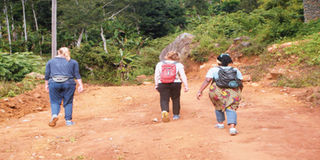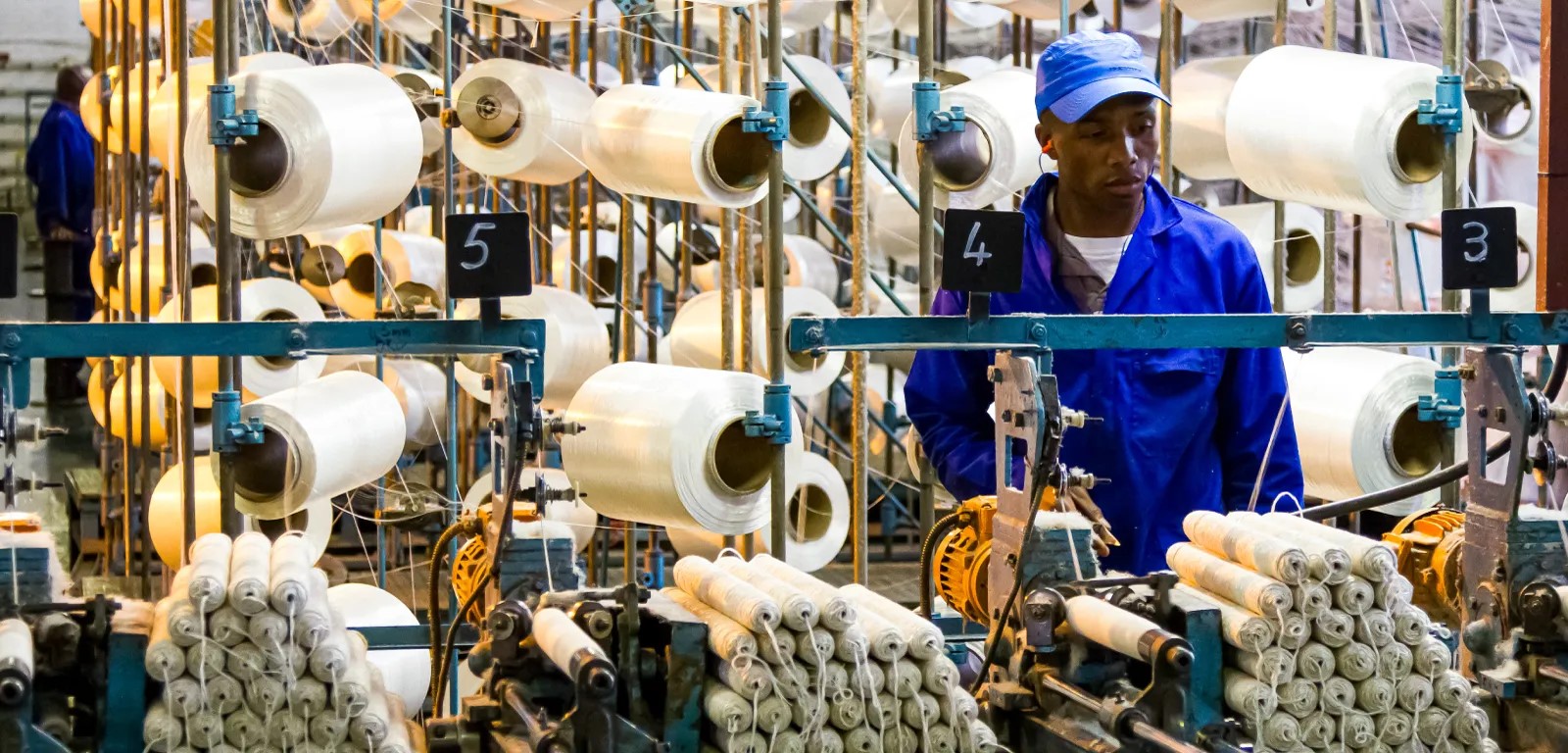TRAVEL : Shocking tales about the South Pare Mountains

Tourists explore the famous sites in Mbaga village. PHOTO | ELISHA MAYALLAH
What you need to know:
Tona lodge management had invited me to Mbaga village to explore some of the cultural wealth in the sprawling village linked to the past millennia. It was my second visit, the last one having been nine months ago.
After driving for five hours from Arusha recently, I arrived in Same town on the Dar es Salaam highway and later drove over 40 kms deeper in the South Pare Mountains.
Tona lodge management had invited me to Mbaga village to explore some of the cultural wealth in the sprawling village linked to the past millennia. It was my second visit, the last one having been nine months ago.
Run by motivated individuals, Tona lodge which goes well beyond normal business practice to support locals by making them part of the business. It does so by including cultural tourism activities on the list of tourist sites. Hiking is another famous activity in the village.
While visitors at the lodge seek satisfaction, the locals seek to improve their lives, businesses to make profit and the government and local authorities revenue. In this complex situation where different individuals and institutions have different objectives, conflicts of interest are bound to arise.
Elly Kimbwereza, the coordinator of the South Pare cultural tourism initiative says since his enterprise started a few years ago, more tourists have been visiting the village and its surrounding areas to sample the varied nature-based cultural tourism sites.
One of the challenges, he says, has been sorted out by the accommodation facilities offered by Tona lodge in their two nearby properties in Mbaga village. However, the environmental resources which tourists come to experience have not been adequately appreciated by the communities.
“Without appreciation of these resources, the value-chain benefits cannot be realised. The pace to link cultural tourism activities with community development needs the support of the local government and other stakeholders,” said Mr Kimbwereza.
The famous attractions in the area derive from two rocks inamely Malameni and Ibwe Leteta. The rocks are awe inspiring to visitors as wonders of nature while to the locals they are sacred places.
According to a legend immortalized by the first German Lutheran missionary in Mbaga, Jacob Janssen Dannholz 1918 in his book, The Curse and the Blessings, the Malameni rock was used for killing abnormal children in Pare land as they were believed to be carrying evil spirits.
When a child was born with any noticeable disability, the family took it while asleep atop the rock at the edge from which the child would fall to his death.
Malameni rock is a huge mass of rock that leaps about 70 metres high from Mbaga forest. There is a house at its top where its keeper lives with his family. It’s a wonder that the family rears several cows and goats – but not even any of the livestock ever falls down the rock horizons!
The Malameni rock has become a tourist attraction in Mbaga after having been featured in several travel guides across the world in the last few years. It was and is still used as a sanctuary of prayers by people who have been wronged, denied justice or those with great problems wrought by nature.
Up to early 19th century, Jacob Janssen wrote in his book that it was believed thousands of children lost their lives at Malameni to appease evil spirits. The present generation, however, are only confined to the belief associated with the rock being a sacred place for prayers, where a witch or any evil person cannot set foot.
Standing atop Malameni rock, one can see the fantastic diversity of the Southern Pare Mountains beauty- hills up on hills, with breathtaking moorlands. And when you enter Malameni caves at the bottom of the rock, you feel the wonders of nature and feel like you have moved back to the beginning of history.
Kimbwereza who is a Christian holds the rock in awe saying its presence and bearing are not only mighty awesome but contain incredible supernatural powers. Locals believe the rock that was used for killing children was Ibwe Leteta located nearly four kilometers away from Malameni.
Ibwe Leteta lies above the village of Marindi in Mbaga, a massive stone that Janssen describes in his book as “huge, bare boulder, angular and jagged.” Ibwe Leteta in Pare language means the stone that speaks.
Nighttime travelers, according to the locals here avoid passing near the stone. Even today children are never allowed to play around it. The rock is cloaked in mystery with might dread brooding over it.
Locals hold the Ibwe Leteta rock and its caves in high esteem, and no one is allowed to cut even a branch of trees around it. Cutting for whatever purpose any of the trees is believed to cause death.
The Lutheran church was built a few metres away from the rocks over one hundred years ago to counter the superstitious beliefs associated with it.
E-mail: [email protected]



